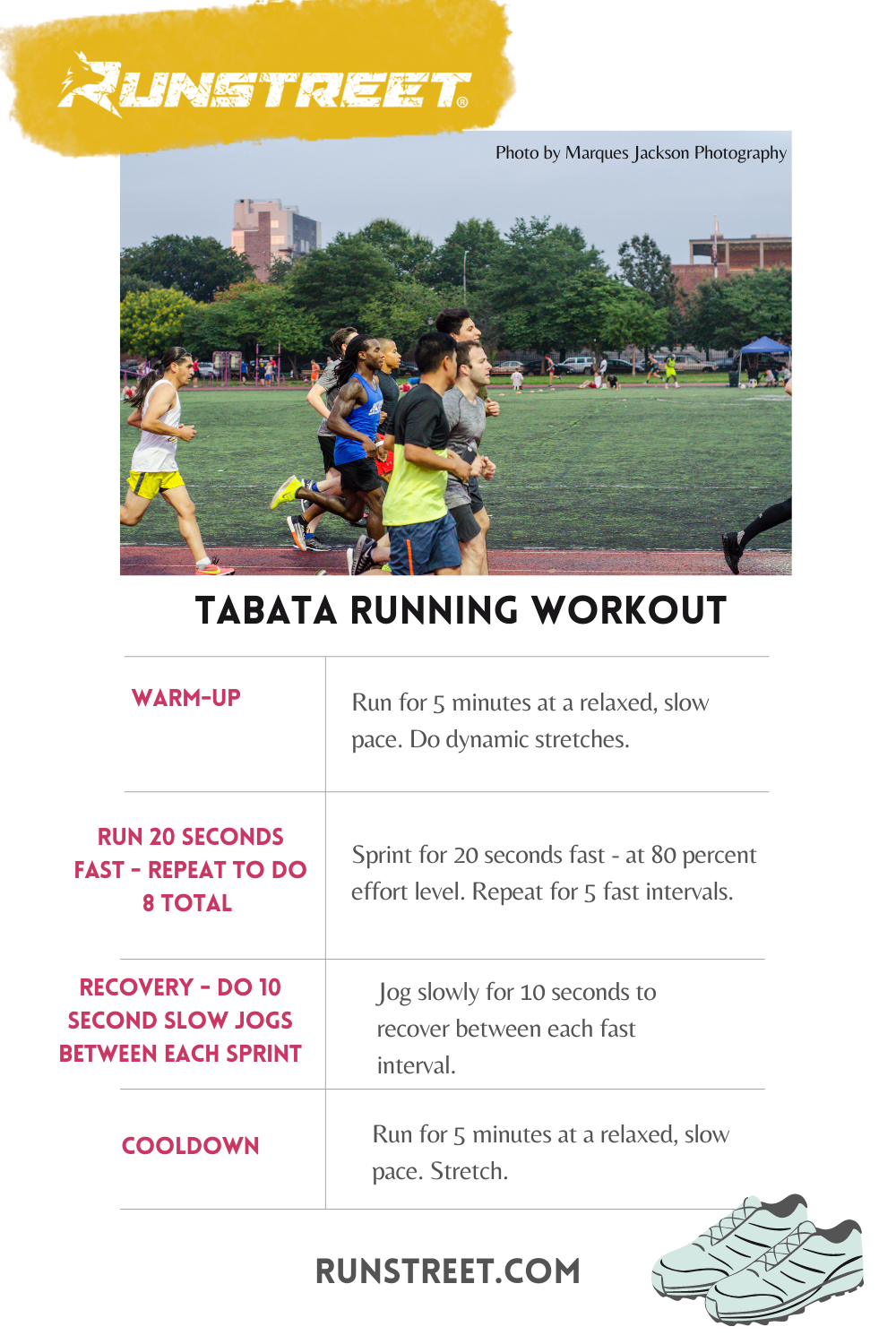Running Workout Tips: Enhance Your Performance Today
Running Workout Tips: Enhance Your Performance Today
Blog Article
The Ultimate Guide to Managing Discomfort When Running
Whether you are a skilled marathoner or just beginning your running trip, understanding the various kinds of discomfort that can develop and the techniques to address them is critical. From pre-run warm-up routines to correct shoes choice, there are many factors to think about when it comes to dealing with discomfort while running.

Comprehending Various Types of Running Discomfort
When running, it is necessary to identify in between different kinds of discomfort to stop injuries and take full advantage of performance (Read More). One typical type of discomfort that joggers might experience is muscle mass soreness, which typically emerges from the stress and anxiety placed on muscular tissues during exercise. This kind of discomfort is usually a normal part of the running process and can be managed with correct warm-up, cool-down, and stretching routines
Another type of pain to be knowledgeable about is joint discomfort. Joint pain can indicate concerns such as overuse, inappropriate kind, or underlying conditions like joint inflammation. Overlooking joint discomfort can cause extra severe injuries, so it is important to attend to any pain promptly and potentially seek professional advice.
In addition, sharp or stabbing discomforts must not be neglected. These sorts of pain can signify acute injuries such as stress, strains, or stress and anxiety fractures - running strategy. Proceeding to go through these sorts of pain can worsen the injury and lengthen healing time

Pre-Run Workout and Extending Regular
To prepare the body for a running session, carrying out a reliable pre-run workout and extending regular is necessary. A correct workout aids increase blood flow to the muscular tissues, enhances versatility, and decreases the risk of injury during the run. Begin with vibrant stretches like leg swings, arm circles, and high knees to slowly increase your heart price and loosen up the muscle mass. Dynamic extending helps imitate the motions you'll be doing while running, preparing your body for the activity ahead. Follow this with fixed stretches concentrating on significant muscular tissue teams such as the hamstrings, quadriceps, calves, and glutes. Hold each go for regarding 15-30 seconds without bouncing to promote muscular tissue leisure and adaptability. Remember to listen to your body and adjust the intensity of your workout based upon your physical fitness degree and any type of pre-existing conditions. By integrating a constant pre-run warm-up and extending regular right into your running routine, you can enhance performance and lessen the threat of discomfort or injury.
Proper Footwear Option and Fit
Picking proper footwear that fits well is vital for joggers to protect against discomfort and reduce the risk of injuries. Uncomfortable shoes can cause blisters, black nails, shin splints, and various other uncomfortable problems that can prevent performance and sideline training. When selecting running shoes, it is vital to take into consideration variables such as foot kind, running stride, arch assistance, padding, and shoe size. running workout. Going to a specialty running shop for a stride analysis and specialist installation can assist make sure that you choose the right shoes for your specific demands. Running footwear ought to supply sufficient support and stability while additionally being comfortable and lightweight. Additionally, it is suggested to change your operating shoes every 300-500 miles to preserve appropriate padding and support. Investing useful source in premium footwear that is ideal for your running style and foot anatomy is a positive action in the direction of avoiding pain and injuries throughout your runs.
Nourishment and Hydration Tips for Pain Avoidance

Hydration is equally essential for joggers to prevent pains, dehydration, and other pains that can lead to discomfort during running. It is suggested to consume alcohol an adequate amount of water throughout the day and especially previously, during, and after running sessions. Electrolyte-rich drinks or sports drinks can likewise be helpful for restoring lost minerals and maintaining appropriate liquid balance. running workout (Read More). By prioritizing nutrition and hydration, runners can boost their efficiency, minimize pain, and delight in an extra comfortable running experience.
Post-Run Recuperation Techniques to Reduce Pain
Carrying out reliable healing methods is essential for easing discomfort and advertising muscle mass healing after running sessions. In addition, topping sore locations for 15-20 mins can assist lower inflammation and numb discomfort post-run.
Consuming a well balanced treat or dish that consists of protein and carbs within 30 minutes of ending up a run can assist repair muscle cells and replenish power shops. By integrating these post-run recovery techniques into your routine, you can effectively handle discomfort and maximize your running efficiency.
Final Thought
To conclude, resolving different sorts of running pain via correct warm-up, stretching, footwear option, nutrition, hydration, and post-run healing strategies is important for discomfort prevention and administration. By recognizing the reasons of discomfort and implementing these methods, joggers can minimize pain and possible injuries. It is essential to focus on general physical health and health to make certain a successful and enjoyable running experience.
Report this page